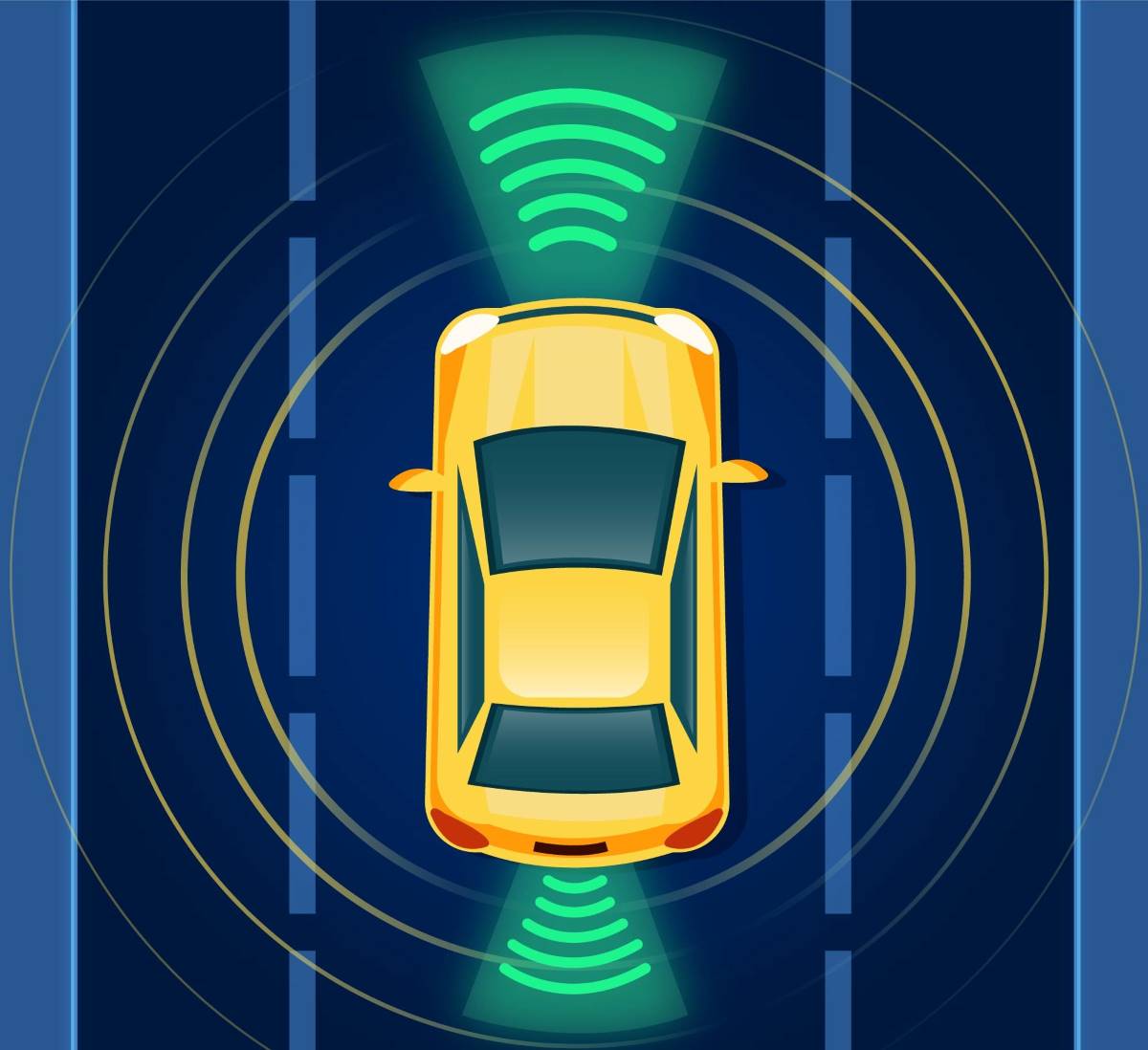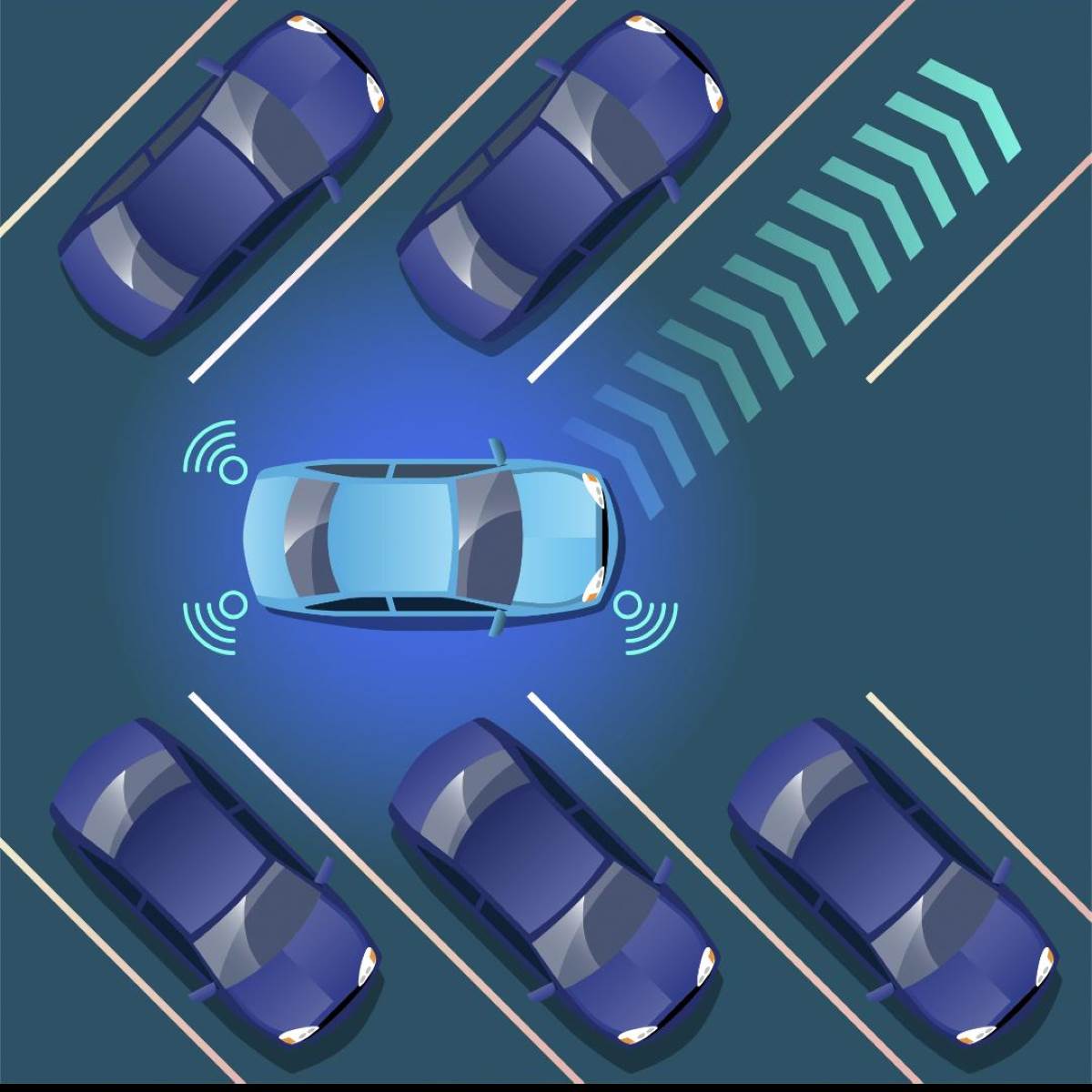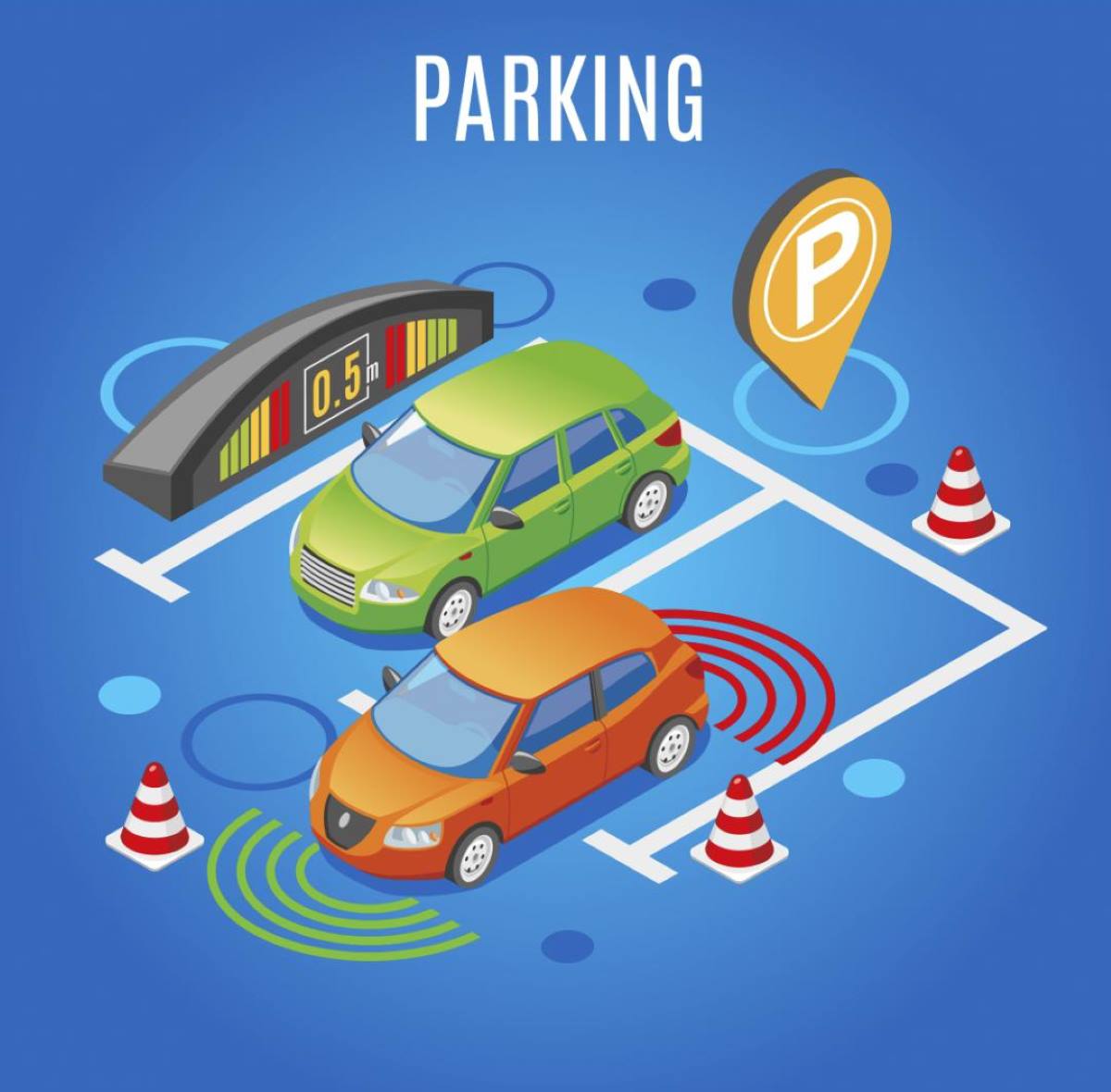What is Parking Sensor in Cars: Types, Working and Benefits

Parking sensors have become indispensable tools for drivers, aiding in manoeuvring cars safely into tight spaces. These sensors enhance parking safety and convenience, especially in crowded urban environments.
To use the technology to its full extent, every car owner needs to know its working principles, advantages, and limitations.
What is a Parking Sensor in Cars?
A parking sensor, also known as a proximity sensor or park assist system, is a technology designed to detect nearby obstacles and provide audible or visual warnings to the driver. This assists in preventing collisions and damage to the car during parking manoeuvres.
These sensors utilise various technologies to detect obstacles and provide driver feedback, helping prevent collisions and damage.
What are the Types of Parking Sensors for Cars?

The two types of parking sensors are ultrasonic and electromagnetic:
1. Ultrasonic Parking Sensor
Ultrasonic sensors use sound waves to detect objects in the car’s vicinity. These sensors emit high-frequency sound waves that bounce off nearby obstacles and are then captured by the sensor. The system calculates the distance to the obstacle based on the time it takes for the sound waves to return, providing accurate proximity information to the driver.
2. Electromagnetic Parking Sensors
Electromagnetic sensors work by creating an electromagnetic field around the car. When an obstacle enters this field, it disrupts the electromagnetic waves, triggering an alert to the driver. These sensors are particularly useful for detecting objects that are not easily visible, such as low-lying obstacles or curbs.
How Does Parking Sensor in Cars Work?
Parking sensors operate based on the principle of detecting changes in the surrounding environment and involve the following:
- Step 1: Sensor Detection: Parking sensors use various technologies, such as ultrasonic or electromagnetic sensors, to detect obstacles in the car’s vicinity.
- Step 2: Signal Processing: Once an obstacle is detected, the sensor processes the data and calculates the distance to the obstacle.
- Step 3: Alert System: If the distance to the obstacle falls below a preset threshold, the sensor triggers an audible or visual alert to warn the driver of the impending collision.
- Step 4: Driver Response: Upon receiving the alert, the driver can take appropriate action to avoid obstacles, such as stopping or adjusting the car’s position.
What are the Benefits of Using Parking Sensors?

Parking sensors offer several advantages to drivers, such as:
- Enhanced Safety: By providing real-time detection of obstacles, parking sensors help prevent collisions and minimise the risk of car damage.
- Convenience: Parking sensors make parking manoeuvres easier and more efficient, particularly in tight spaces or crowded parking lots.
- Increased Confidence: With parking sensors, drivers can park with greater confidence, knowing that they have assistance in detecting obstacles.
- Damage Prevention: Parking sensors help protect the car from scratches, dents, and other damage caused by collisions with obstacles.
- Versatility: Parking sensors are suitable for use in a wide range of different vehicles, including cars, trucks, SUVs, and vans.
- Easy Installation: Many aftermarket parking sensor kits are available, allowing for easy installation on existing cars without the need for professional assistance.
What are the Limitations of Parking Sensors?
Despite their numerous benefits, parking sensors also have some limitations, including:
- Limited Range: Parking sensors may have a limited detection range, particularly for low-lying obstacles or objects located close to the car.
- False Alarms: In certain situations, such as inclement weather or reflective surfaces, parking sensors may trigger false alarms, leading to unnecessary alerts.
- Dependency on Technology: Parking sensors rely on electronic components and may be susceptible to malfunctions or failures, affecting their reliability.
- Visibility Issues: Parking sensors may not detect obstacles that are obscured from view, such as objects located below the bumper or behind the car.
- Cost: While parking sensors are relatively affordable, the cost of installation and maintenance may deter some drivers from opting for this technology.
- Compatibility: Not all cars are equipped with parking sensor systems, and retrofitting aftermarket sensors may not be feasible for all makes and models.
Parking sensors revolutionise the way we approach parking, providing an extra layer of safety and convenience for drivers. With their ability to detect obstacles and assist in manoeuvring, parking sensors offer a valuable solution to the challenges of navigating tight spaces and crowded parking lots. It enhances the overall driving experience for motorists around the world.
















